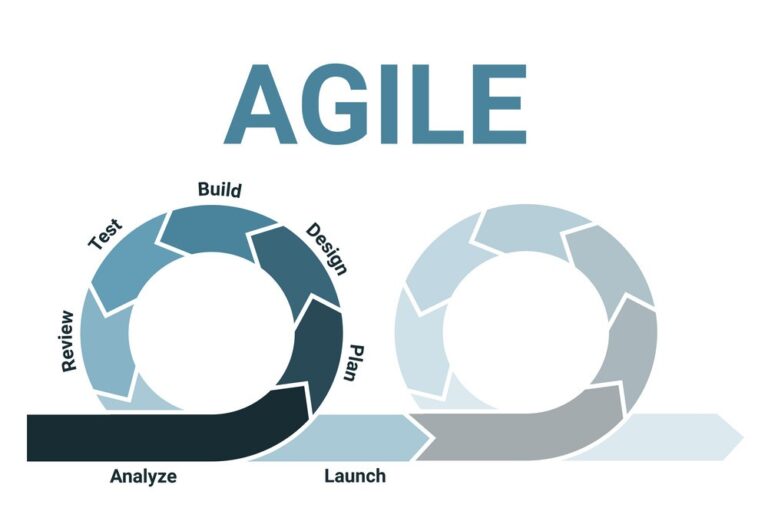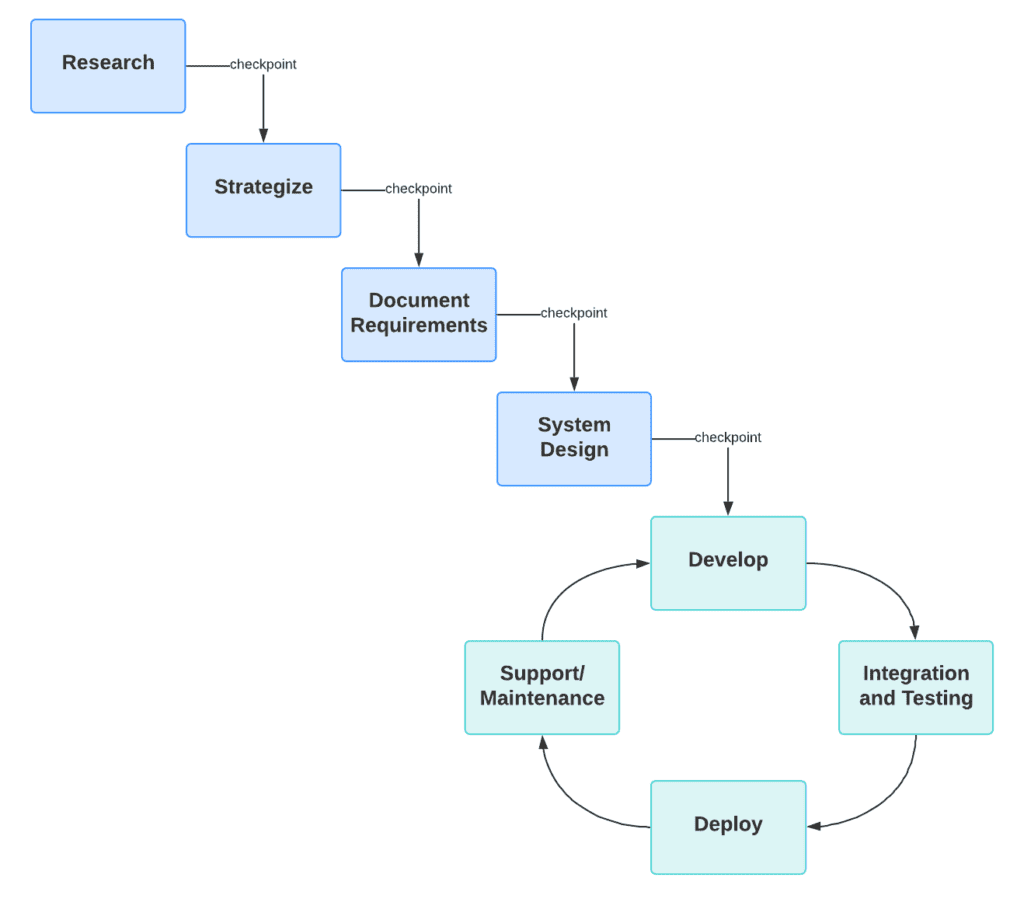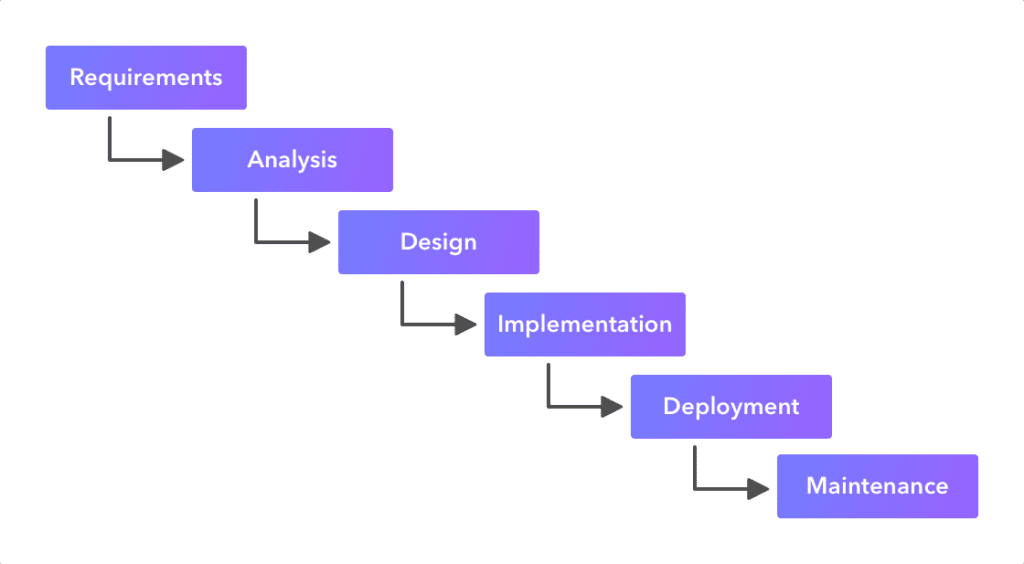What Is a Project Environment?
A project environment is the set of conditions in which a project is created and managed. It includes the development methodology being used, the project team structure, the tools and processes being employed, and the stakeholders’ expectations. Examples of project environments include Agile, Hybrid, and Waterfall.

Agile
An agile project environment is a type of project management that is focused on delivering quick results through rapid iterations. It involves breaking down larger projects into smaller, more manageable tasks and focusing on delivering those tasks quickly. It also encourages collaboration, flexibility and continuous improvement.
Agile project environments prioritise customer feedback and allow for changes to be made quickly to ensure customer satisfaction. Agile environments are often used to develop new products and services as they prioritise creativity, exploration and innovation.

Hybrid
A hybrid project environment is a combination of traditional and agile project management methods. It is a way of combining the best parts of each approach to create an environment that is tailored to the specific needs of the project.
This could include using traditional project management techniques such as Gantt charts to plan and track the project, while also utilising the agile methodology of sprints and daily stand-ups to track progress and ensure timely completion of tasks. A hybrid project environment allows teams to better optimise their resources and increase their overall efficiency.

Waterfall
Waterfall methodology is a process that follows a linear, sequential approach. It involves moving through a series of phases in order, with each phase dependent on the successful completion of the previous one.
For example, the phases of the waterfall methodology include:
- Requirements
- Analysis
- Design
- Implementation
- Deployment
- Maintenance
At each stage of the process, the team will perform specific tasks and activities that must be completed before moving on to the next stage. This methodology is often used when developing software as it is a structured approach that is easy to understand and manage. However, it is not suitable for all types of projects, as it does not allow for changes or modifications to the project scope once the process has begun.
